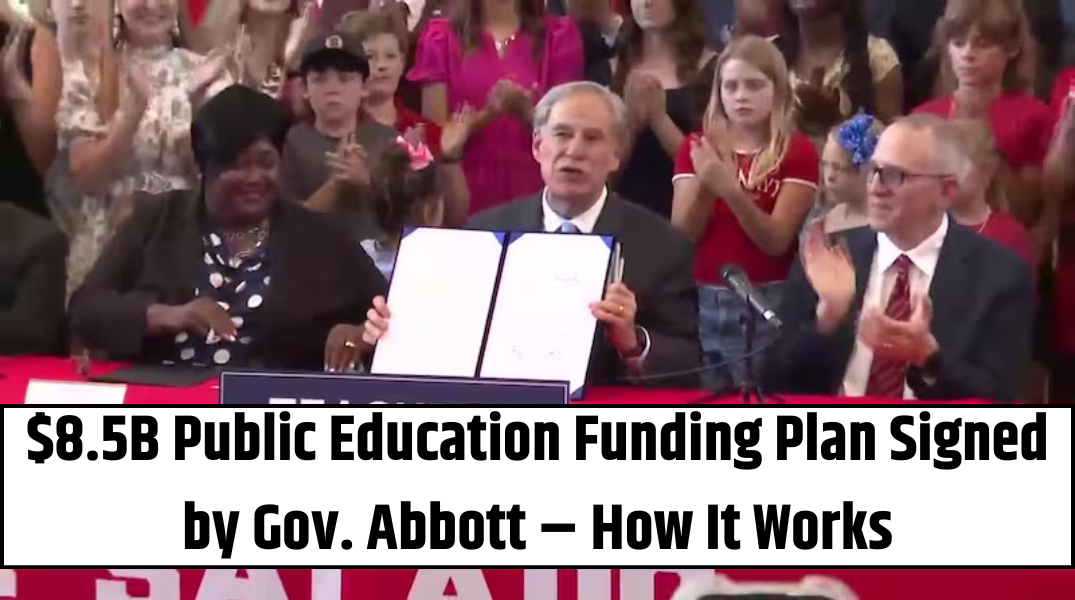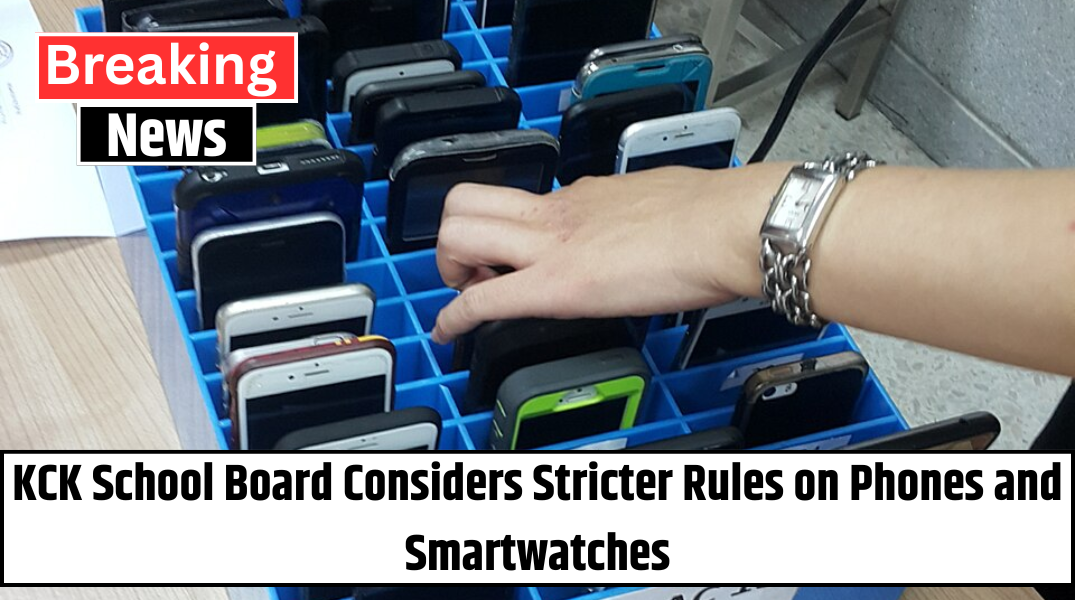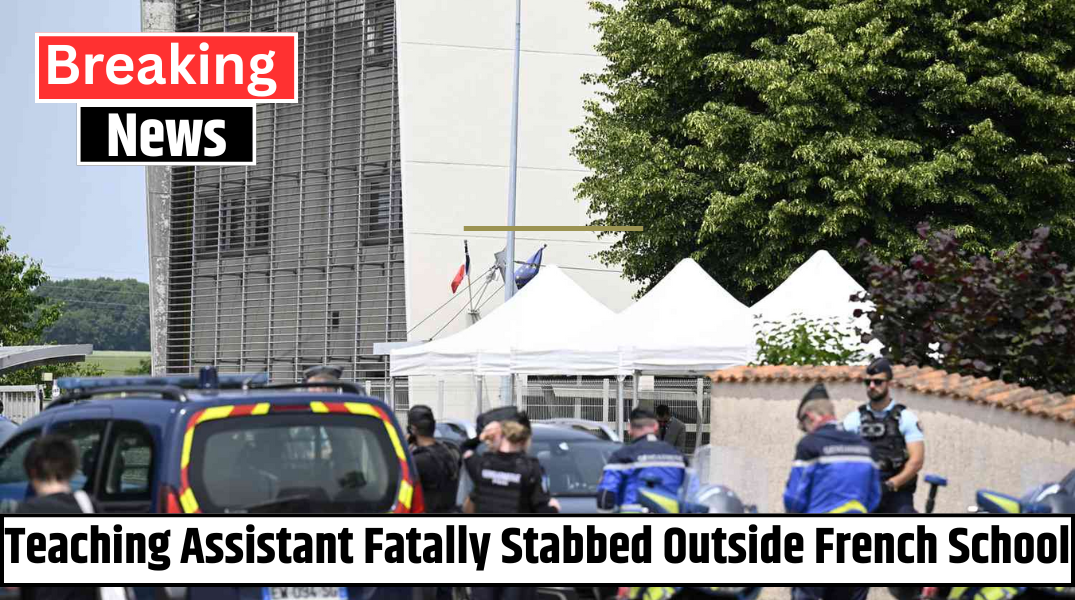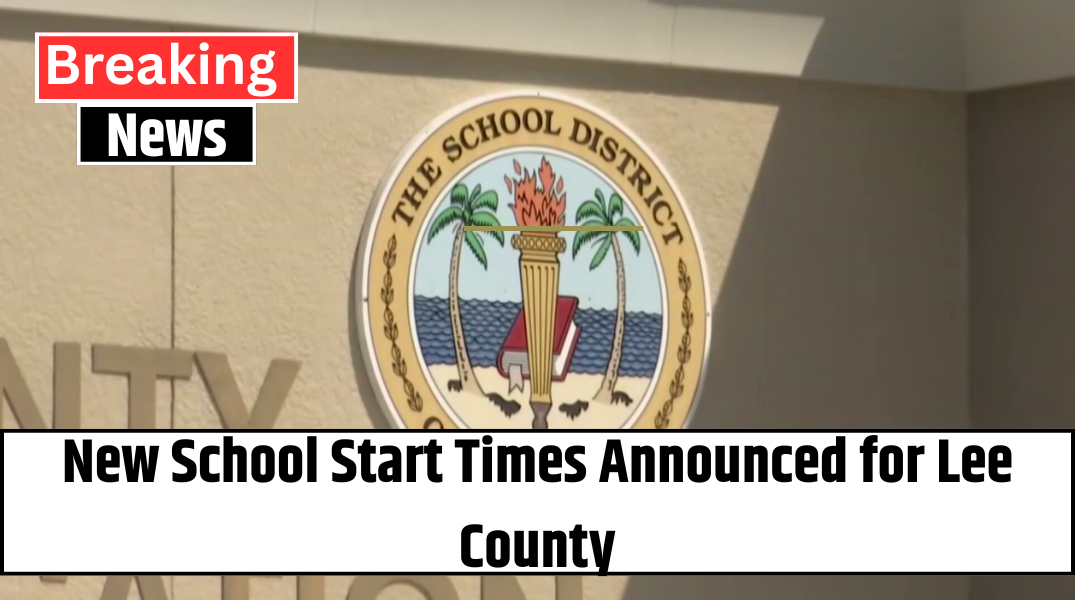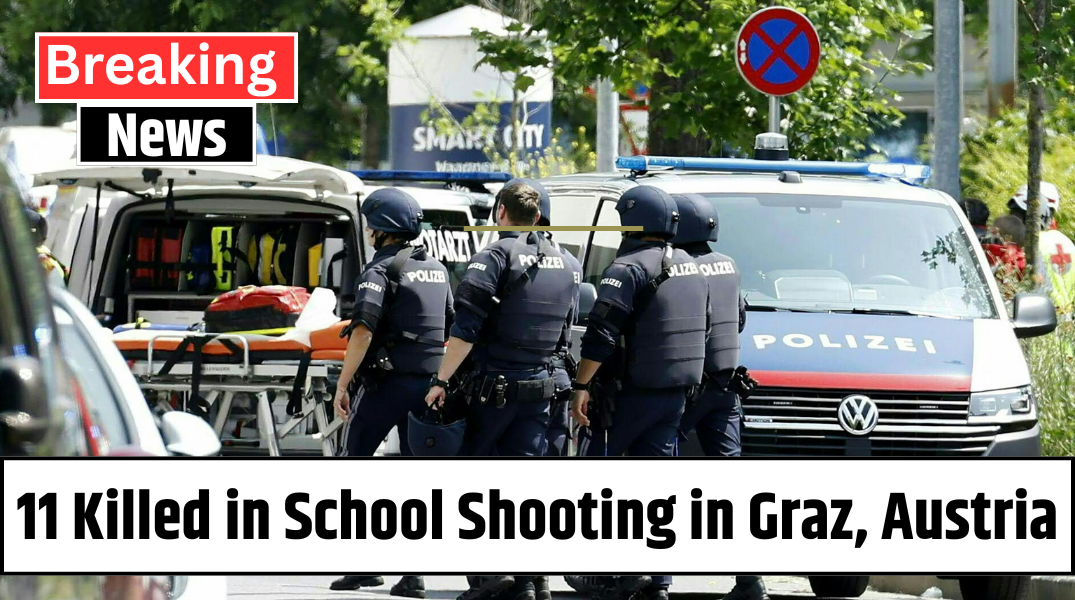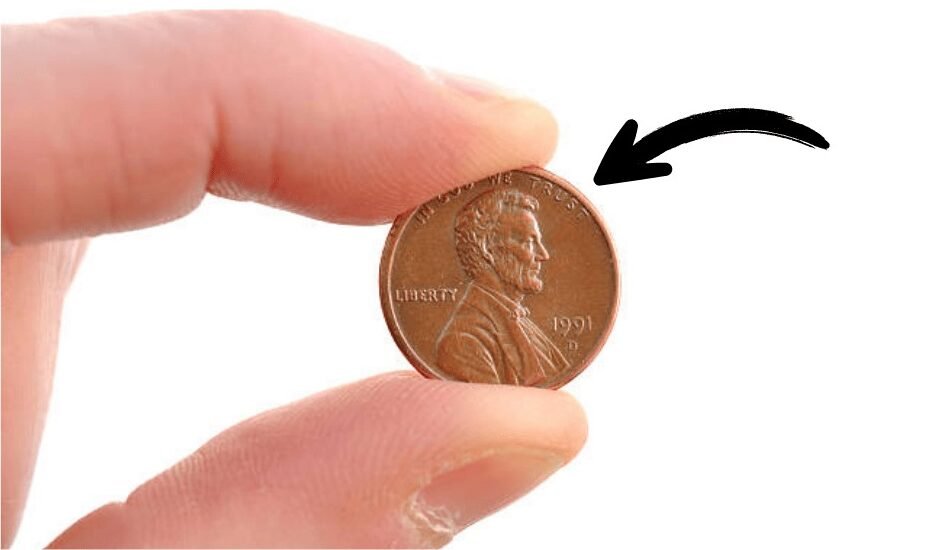AUSTIN, TEXAS — Surrounded by cheering middle-schoolers in the Hill Country town of Salado, Governor Greg Abbott on Wednesday inked House Bill 2, unleashing roughly $8.5 billion in fresh money for Texas public schools—the single-largest one-time K-12 investment in the state’s modern history.
“Texas should lead the nation in educating its children,” Abbott said, invoking a vision of a top-ranked school system. The governor called HB 2’s mix of raises, special-education reforms, and safety dollars “a major stride toward that goal.”
What Makes HB 2 Different?
Unlike the 2019 school-finance overhaul that raised base funding across the board, HB 2 funnels money into specific pain points districts have flagged since the pandemic:
| Category | New Funding Highlights |
|---|---|
| Teacher & Staff Pay | Experience-based raises up to $8,000 for veteran teachers in small districts; up to $5,000 in larger ones. Districts also receive $45 per student strictly for boosting pay for counselors, nurses, librarians, and early-career teachers. |
| Performance Incentives | An expanded Teacher Incentive Allotment now lets more educators—and, optionally, principals—earn annual bonuses ranging from $3,000 to $36,000, with the biggest rewards reserved for high-poverty or rural campuses. |
| Operations Relief | Instead of a big bump to the basic allotment, districts get $106 per student dedicated to rising costs in fuel, utilities, insurance, and retiree re-hires—expenses that skyrocketed after Covid-19. |
| Special Education Overhaul | Funding will shift from “where the student sits” to “what the student needs.” Commissioner Mike Morath must design a new student-needs formula by 2026-27. Districts also get $1,000 for every special-ed evaluation they conduct starting this fall. |
| Early Learning | Free full-day pre-K still isn’t fully funded, but tweaks to the finance formula plus new eligibility for teachers’ own children aim to close half-day gaps. K-3 students will take quick “screener” checks in reading and math so schools can intervene sooner. |
| Campus Safety | In the wake of Uvalde, the per-student safety grant doubles to $20 and the per-campus allotment jumps to $33,540—money earmarked for armed officers, hardened entryways, and mental-health supports. |
Goodbye, Long-Term Sub; Hello, Certified Teacher
By 2029-30, every core academic class—reading, math, science, and social studies—must be led by a certified teacher. Districts that currently rely on long-term substitutes have a five-year runway (with an optional one-year extension) to transition.
Also Read – Pontifical Catholic Law School Back in Compliance, Says ABA Council
To sweeten the deal:
-
$1,000 one-time stipend for uncertified teachers who earn credentials by 2027.
-
Paid residencies worth $10,000 for apprentice teachers training under veteran mentors; candidates in traditional or alt-cert programs get $3,000 for completing required classroom hours.
The Economics: Catch-Up, Not Windfall
Educators’ groups celebrated the “historic” cash surge but cautioned that inflation has eaten a hefty chunk of district budgets. On a per-pupil basis, Texas still lags the national average by more than $3,000, according to the latest Census data.
“HB 2 is a big step, but it won’t erase multimillion-dollar shortfalls overnight,” said Dr. Karen Lowe, a finance researcher at UT Austin. “Districts in fast-growing suburbs and rural regions alike will still face tough choices.”
Politics in the Rearview—For Now
The funding bill arrives just weeks after Abbott signed a $1 billion private-school voucher program—the political logjam that froze new K-12 money in 2023. Abbott insisted the two-bill combo is “far superior” to earlier proposals that collapsed amid partisan infighting.
When Does the Money Flow?
Most provisions kick in September 1, 2025. Teacher-retention raises, safety dollars, and special-ed evaluation stipends begin this fall. The revamped special-education formula and uncertified-teacher phaseout roll out over the next four to five years.
Also Read – What’s the Acceptance Rate at Brown & Providence College? Check 10 RI Schools
A Quick Trivia Nugget
If all 5.5 million Texas public-school students lined up single-file, the new $8.5 billion package would buy each child nearly two round-trip Amtrak tickets from Houston to Chicago—or, in education terms, about one teacher’s starting salary every 11 feet of that line.
Bottom line: HB 2 won’t end every budget headache, but it hands Texas districts new tools to pay experienced educators, shore up safety, and modernize special-ed funding—while setting a high bar for future legislatures to keep pace.
